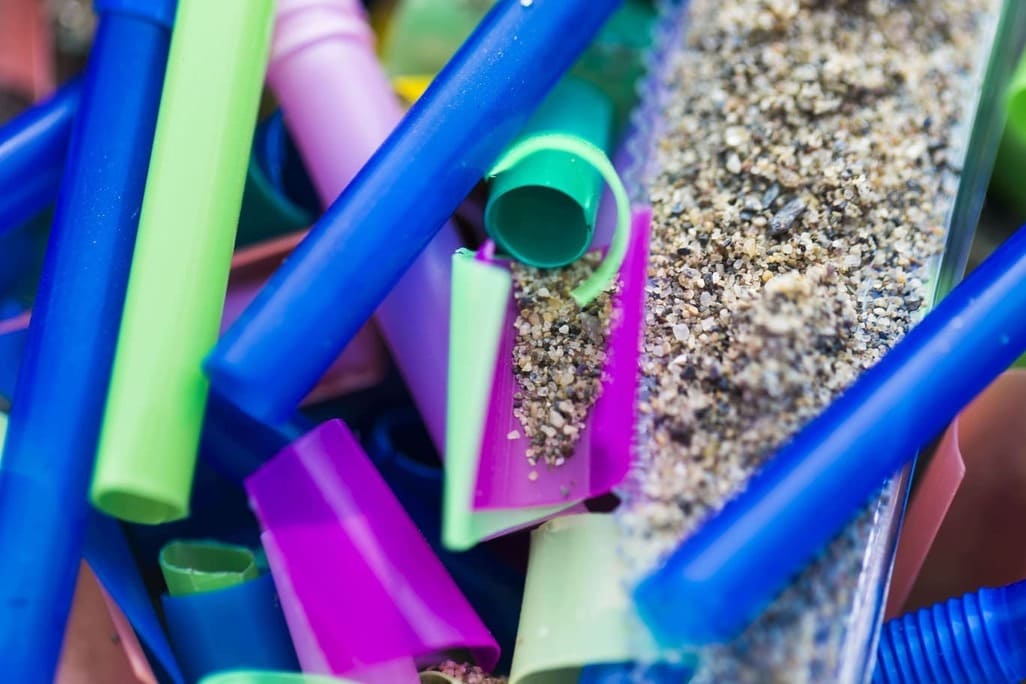How to recycle polypropylene?
Polypropylene or PP is part of the thermoplastic family. It must therefore be melted to be used (injection into manufacturing molds, blowing, extrusion, etc.).
As it cools, it hardens naturally, and can be reused this way many times. Polypropylene is commonly used, including in packaging, carpets, textiles, medical instruments, automobile parts and electrical equipment.
What is polypropylene?
The main difference between polypropylene (PP) and polyethylene (PE) is their molecular structure. Polyethylene is also a thermoplastic, but it is made from ethylene monomers rather than propylene.
PE is cheaper and more flexible than PP, but it is also less heat resistant and less rigid.
Here are some of the sectors where PP is commonly used.

- Packaging: food, bottles, containers, bags and films. It is also used for non-food packaging, such as boxes, trays and cartons.
- Automotive: interior and exterior parts, such as dashboards, bumpers, door panels, radiators and tanks.
- Textile: fibers and fabrics, which are used in clothing, rugs and outdoor furniture.
- Construction: pipes, cables, insulating panels, floor coverings and roofing membranes.
- Medical: syringes, vials, surgical instruments, infusion bags and Petri dishes.
- Household appliances: lids, boxes, laundry baskets and towel racks.
These sectors are not exhaustive, as PP is also used in many other areas, including toys, sports equipment, gardening products.
The polypropylene recycling process
The polypropylene recycling process is complex and requires a certain number of machines and technical skills. It differs from recycling other plastics, such as PET, because it generally has a higher melting temperature.
Grinding
In the first step of the PP recycling process, plastic waste, such as packaging, bottles, bags or PP objects are collected and sorted according to their type and quality.
The PP plastics are then taken to a recycling plant where they are cleaned and crushed into small pieces. Grinding makes it possible to reduce the dimensions of PP waste to facilitate their handling and subsequent processing.
Separation
Plastics are separated based on their density and composition using different technologies, such as flotation, centrifugation or optical sorting. This step separates the different types of plastic and purifies them.
Extrusion / Regeneration
Once the PP waste is crushed, it is transformed into granules or powder during the regeneration stage. This step involves heating the ground PP in a high temperature oven to melt it. The plastic melts, filters and is then extruded into granules or powder, and cooled.
Manufacturing of new products
Quality control is established to check the quality of the material obtained and its properties (color, grade, density, tension modulus, degree of pollution, impact resistance, etc.). Regenerated plastic pellets or powder are used to manufacture new plastic products through processes such as injection, extrusion, blow molding, thermoforming, rotomolding, and so on.
